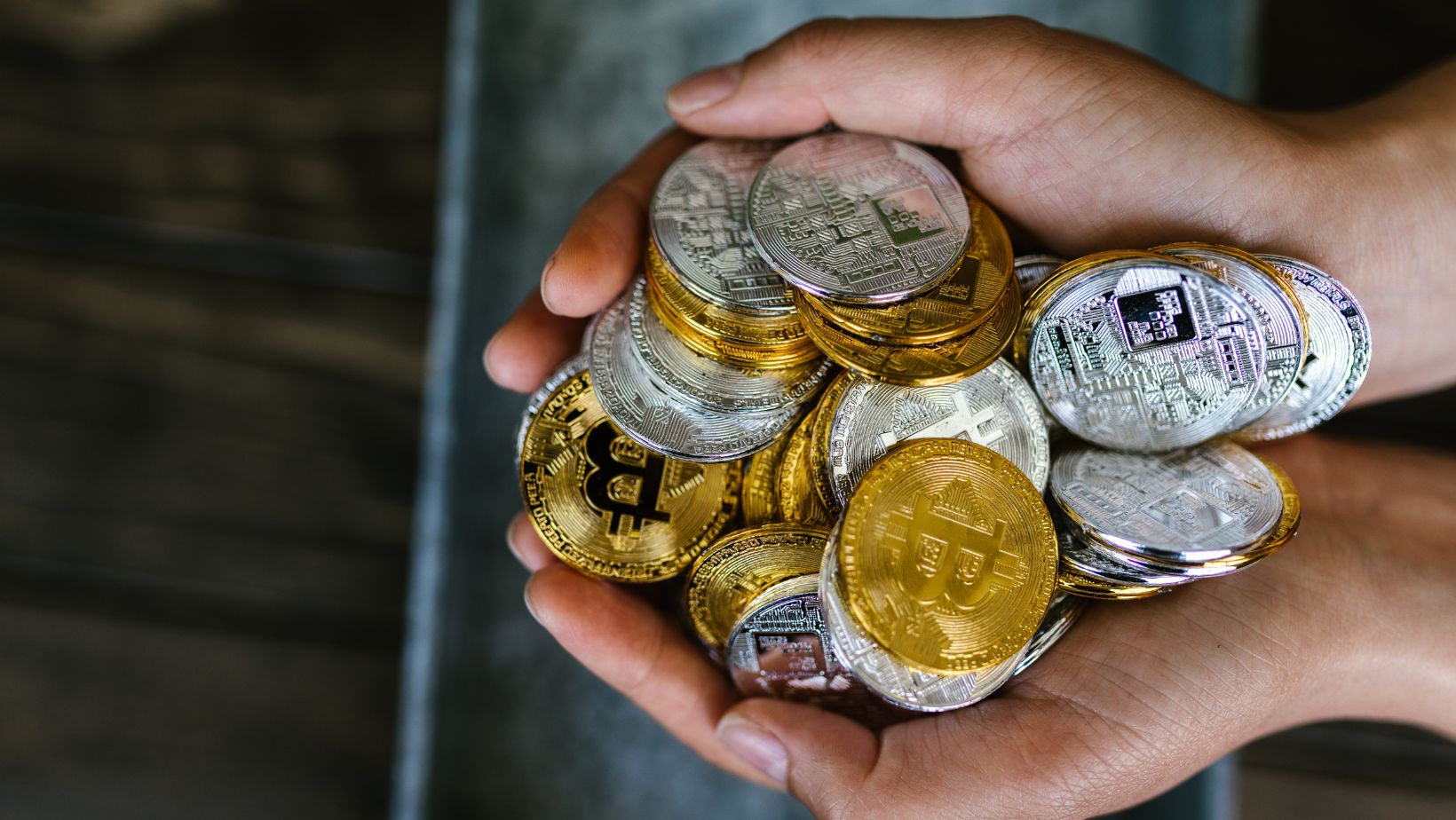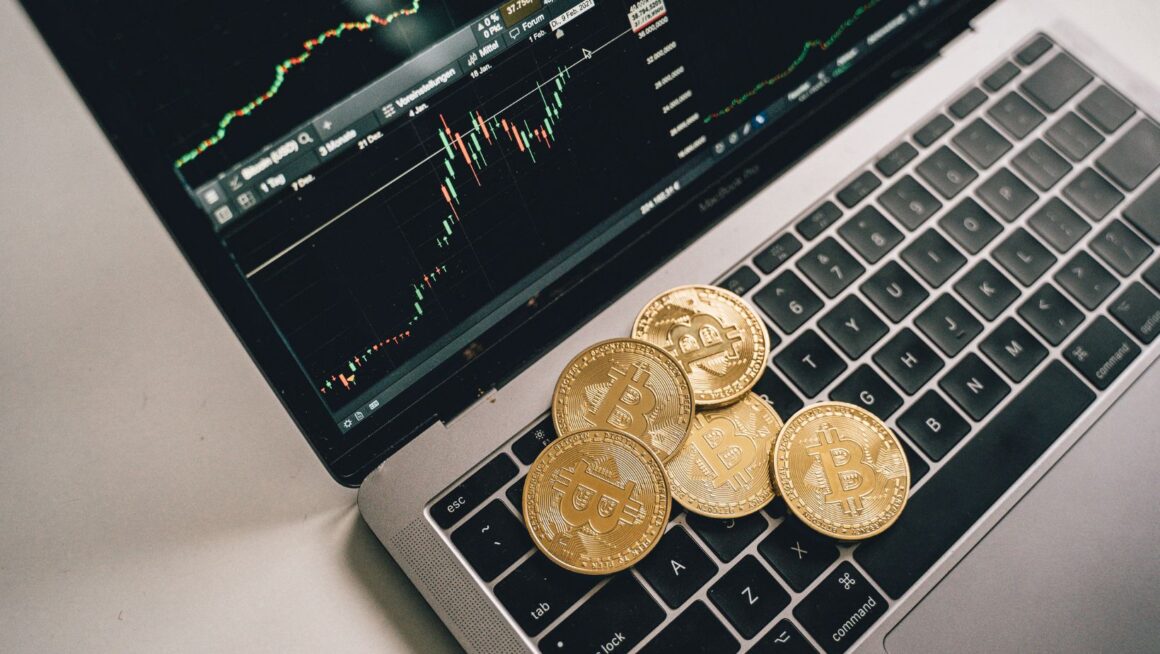If you’ve ever bought a coin right after a massive spike—only to watch its value crash days later—you’re not alone. Sudden crypto surges are exciting, tempting, and sometimes financially painful. It’s easy to feel like you’re missing out while everyone else is cashing in, but reacting too quickly can turn a promising opportunity into a fast regret.
Before you jump in based on a chart that’s “going to the moon,” take a moment to understand what’s really happening. Even something as simple as checking the price of bitcoin over the past few weeks—rather than just the last 24 hours—can help you avoid classic traps.
Let’s break down what’s behind those surges, and how you can stay smart, calm, and profitable.
Recognise the Pattern Behind the Hype
Not all price jumps are created equal. Some are driven by real momentum: positive news, rising adoption, or strong market sentiment. Others are built on hype, manipulation, or herd mentality.
Warning signs of a hype-driven surge:
- Social media is full of “get in now” posts
- Influencers are shouting about the same coin
- The coin has no major updates, use case, or partnerships to justify the rise

Before you buy in, ask yourself: Why is this coin suddenly moving? If you can’t answer with something solid, it’s worth waiting.
Zoom Out Before You Zoom In
Short-term charts can be misleading. A coin that looks like it’s surging might only be recovering from a recent crash. Or worse—it’s nearing a local top before heading back down.
Try this instead:
- Look at 7-day, 30-day, and 90-day trends
- Check trading volume (not just price)
- Compare the current move to past spikes in the same coin
Patterns often repeat in crypto. Recognising them can help you stay one step ahead.
Set Clear Entry Rules (and Stick to Them)
Buying just because something’s “going up” is a recipe for regret. Instead, create a system that removes emotion from your decisions. Even a basic checklist can help:
- Does this coin have a strong use case?
- Has it held gains after previous surges?
- Am I okay with losing 30–50% if the price drops tomorrow?
Once you define your rules, stick to them—even if everyone else is making noise.
Don’t Chase Green Candles — Plan for Red Ones
Surges often attract inexperienced buyers who expect the price to keep climbing. But sharp increases are usually followed by pullbacks. If you’re buying high, make sure you have a plan for what happens next.
Ask yourself:
- Am I buying for the long term or a quick flip?
- Do I have a stop-loss or exit plan?
- How much of my total portfolio is at risk here?
Thinking through worst-case scenarios before you enter helps you avoid panicked decisions later.
Understand the Psychology of “FOMO”
Fear of missing out is one of the strongest drivers in crypto. It pushes people to ignore their gut and buy coins just because others are making money. But FOMO fades quickly—usually right after you buy.
The best defence is awareness. If you feel rushed, excited, or anxious to act now, step back. The most reliable moves are often slow, steady, and backed by real momentum—not hype.
Watch for Whales and Market Makers
In thinly traded coins, even a small number of big buyers (“whales”) can trigger massive price surges. Sometimes, these buyers dump their holdings right after drawing others in—a strategy known as a “pump and dump.”
Check:
- Wallet distribution (are a few addresses holding most of the supply?)
- Sudden spikes in volume with no news
- Repeated patterns of sharp up-and-down movement
These signs might suggest the price action isn’t as organic as it looks.
Don’t Invest Money You Can’t Afford to Lose
This is more than just a disclaimer—it’s a mindset. If you’re putting rent money into a coin because it’s trending, you’re setting yourself up for stress. Sudden surges are volatile, and they can disappear as quickly as they appeared.
Invest with a cool head, and treat hype as noise—not a strategy.
Crypto surges are thrilling, but they’re also dangerous if you don’t know how to navigate them. The smart move isn’t chasing every green candle — it’s learning to read the story behind the movement.
Take your time, do your research, and have a clear strategy. That way, you’re not just watching the surge — you’re surviving it, too.

